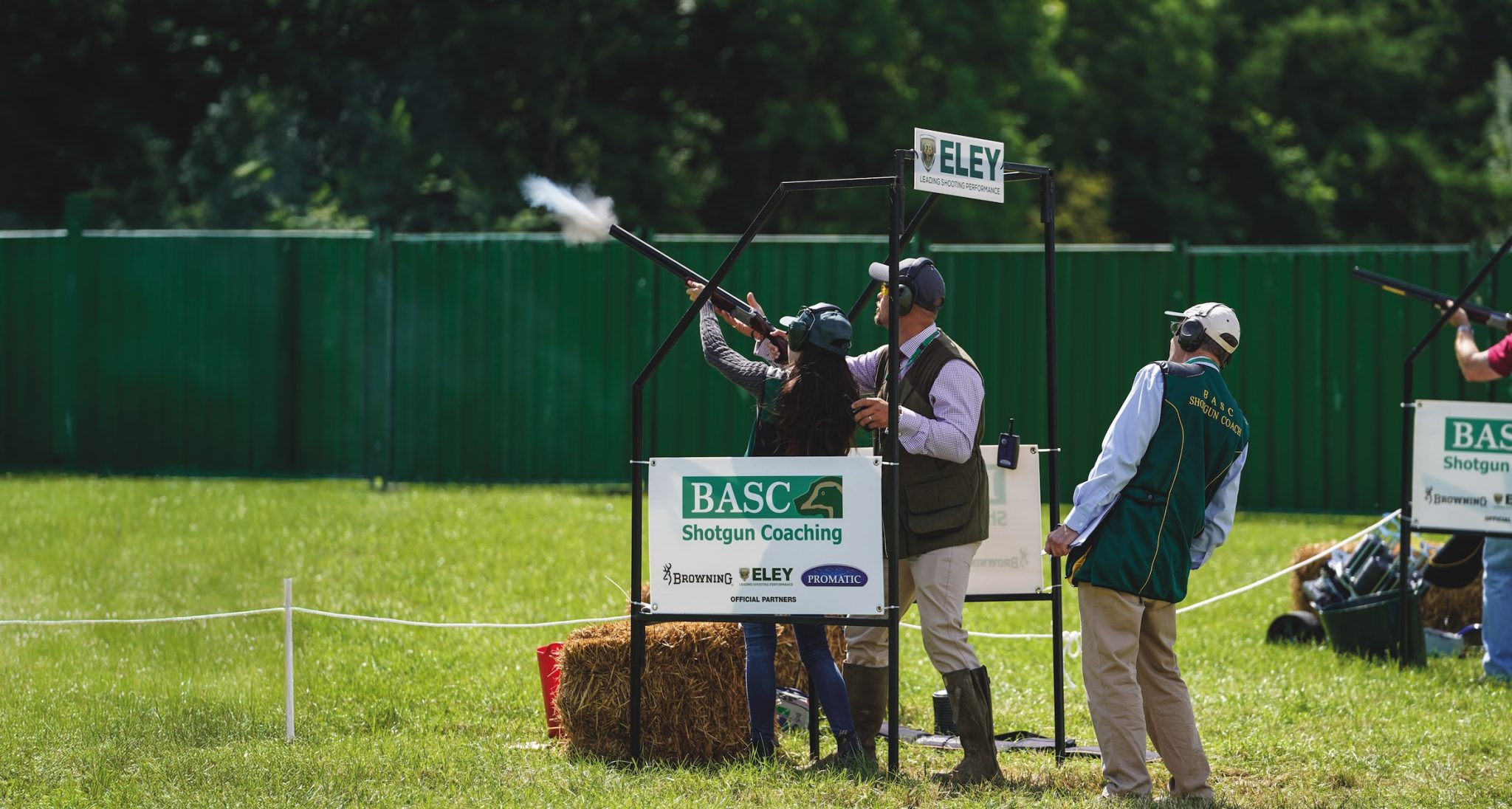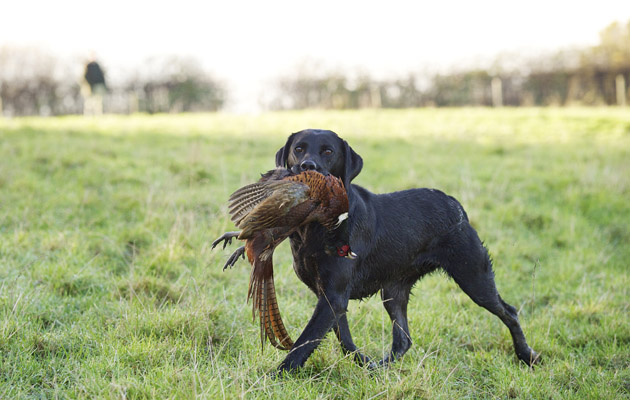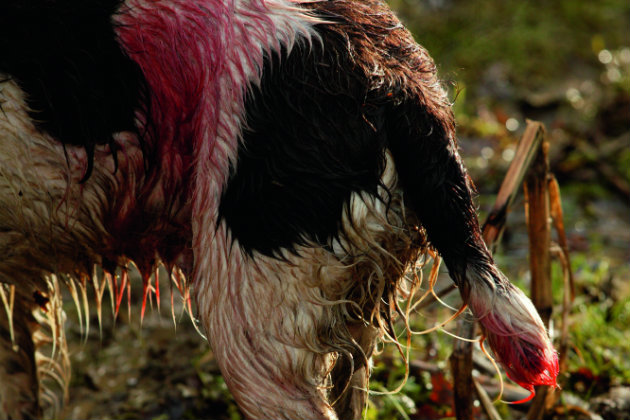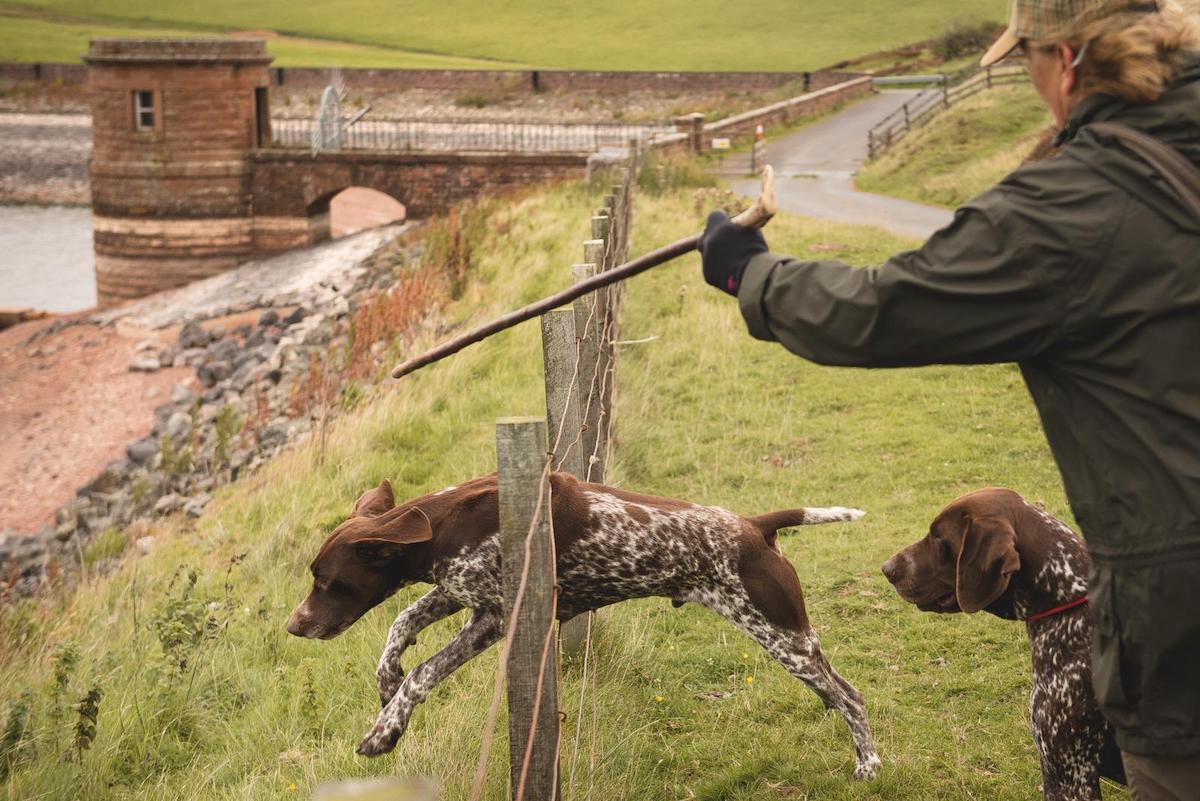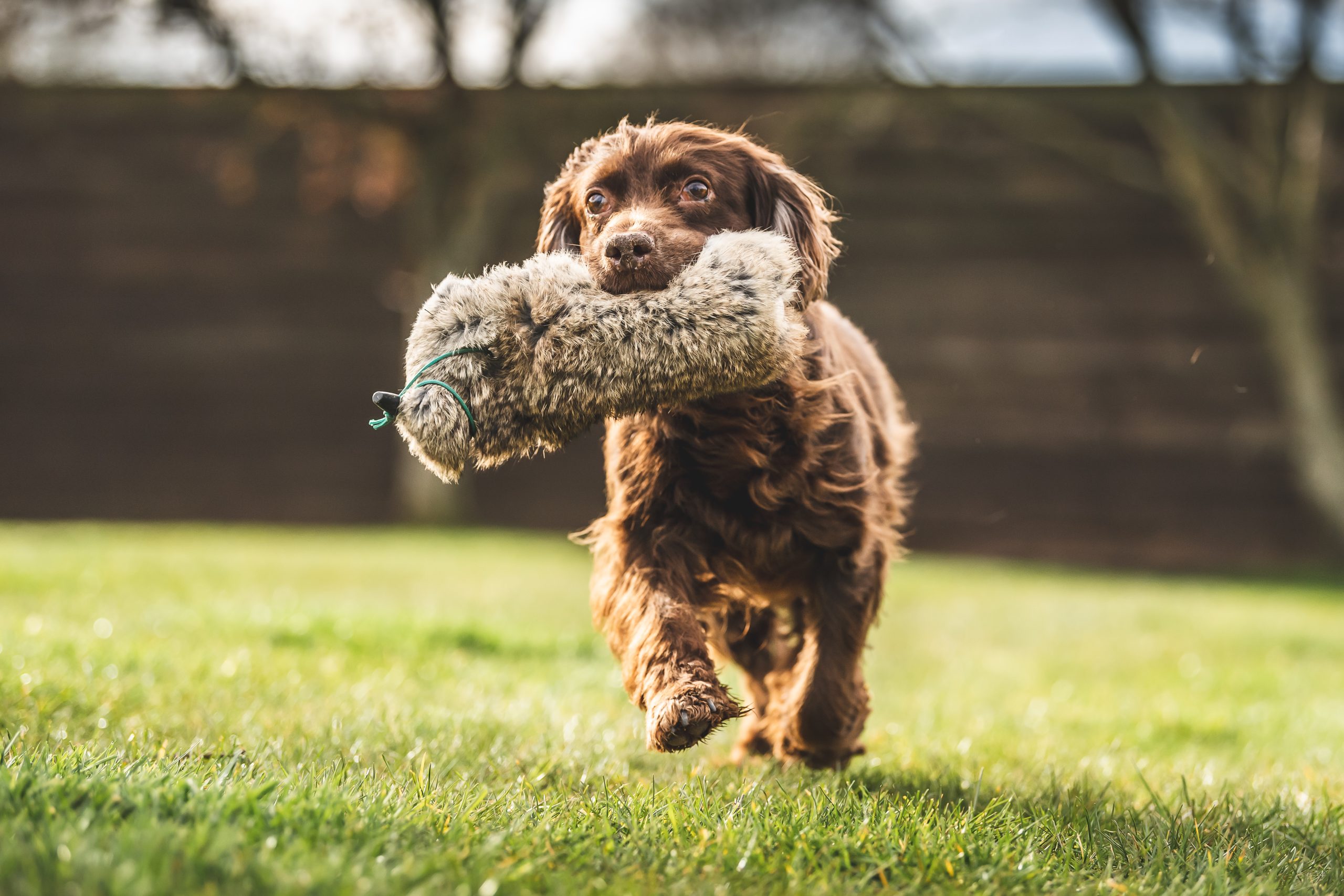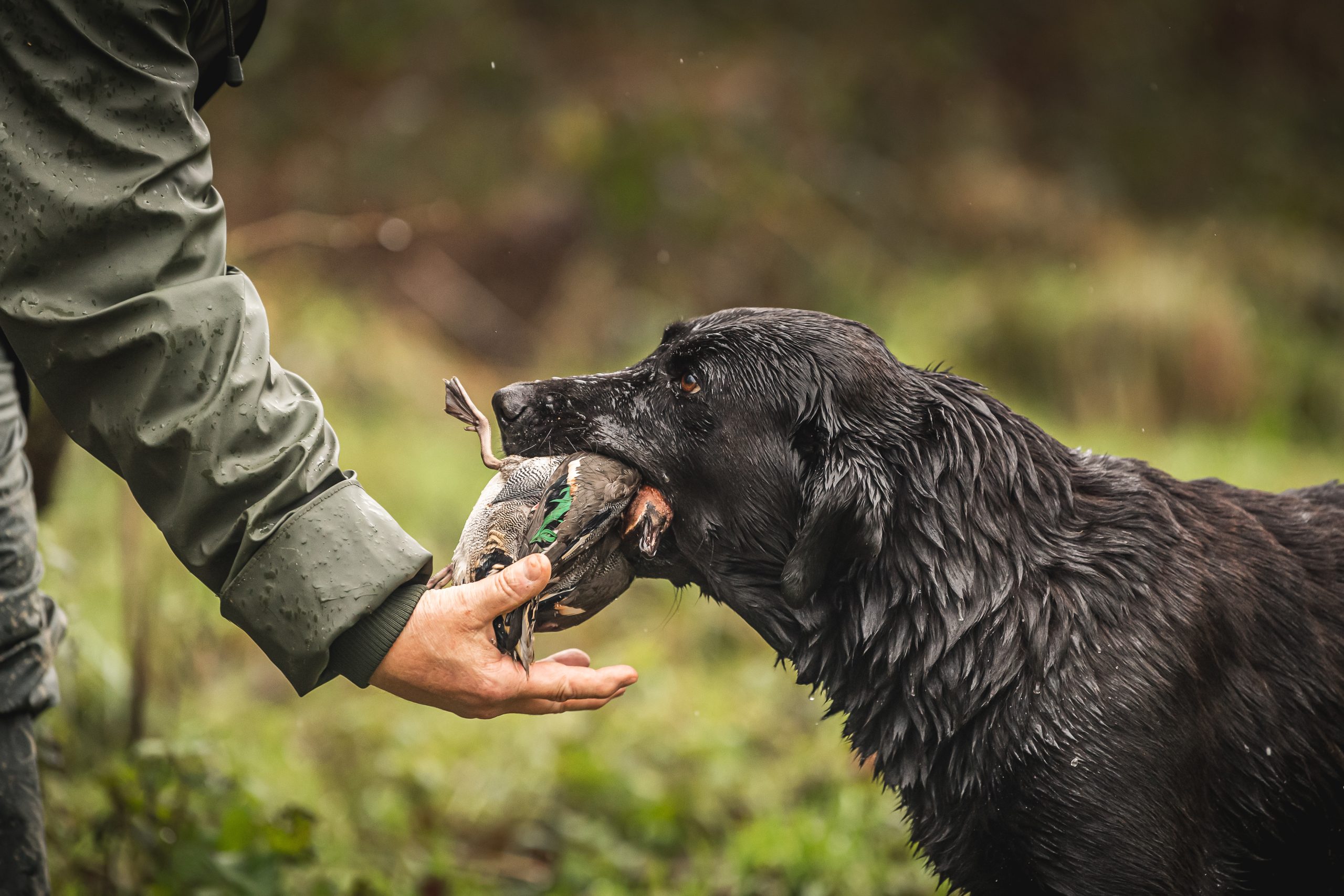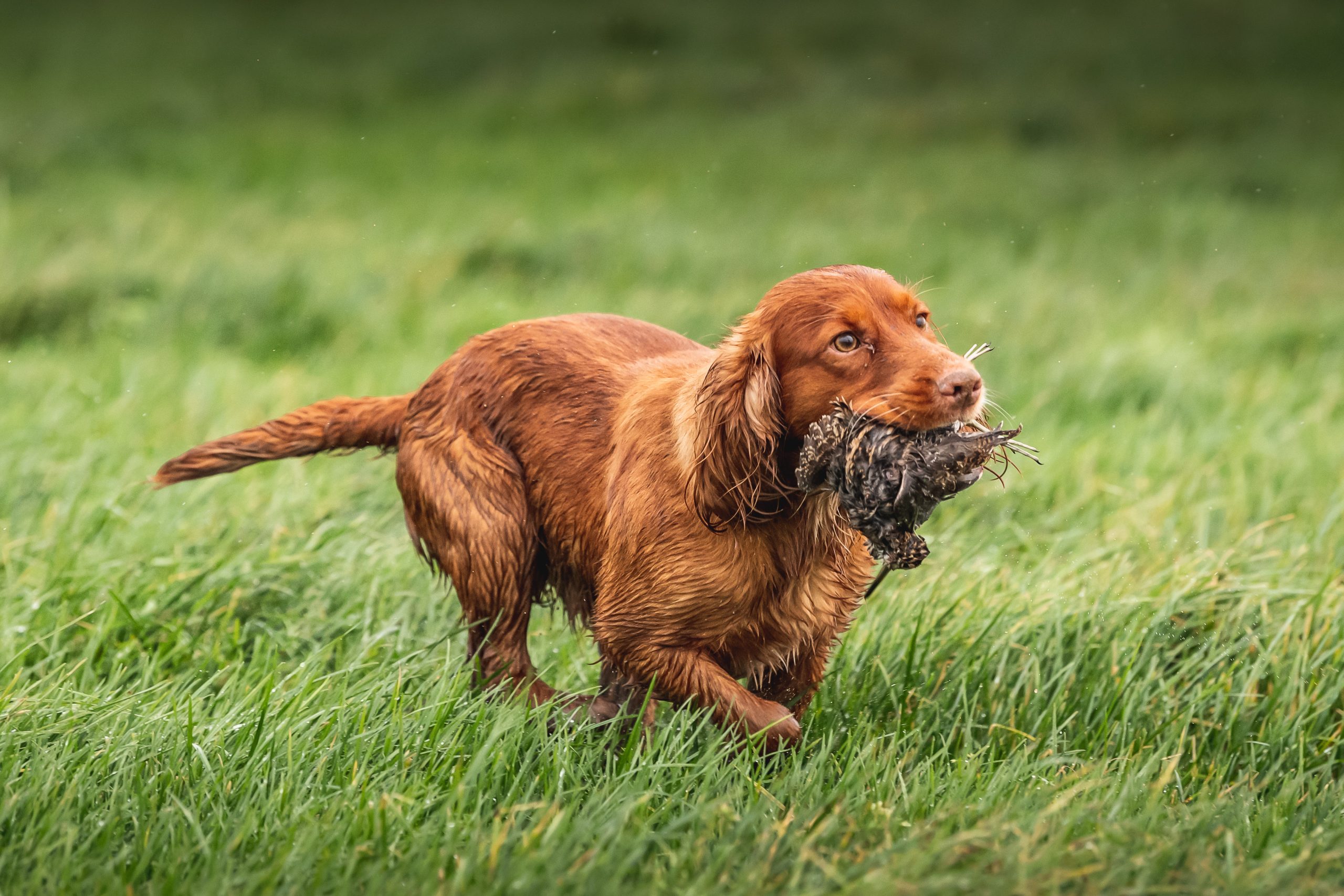A reader is looking for a show-type springer but has noticed they all have full tails. He wants to work…
Gundog news
Gundogs
Help! My cocker spaniel keeps injuring his tail …
Would you like to speak to our readers? We offer sponsored articles and advertising to put you in front of our audience. Find out more.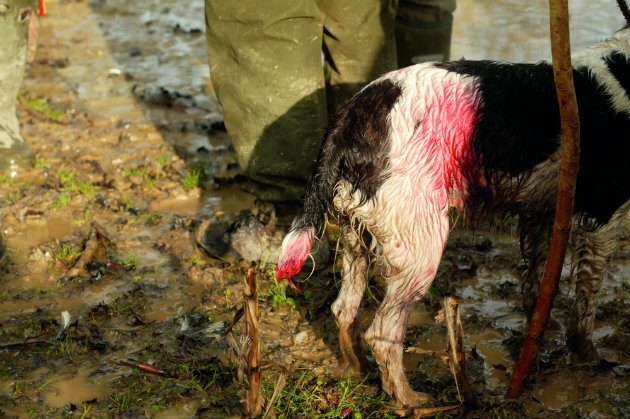
Q: I have a four year old cocker spaniel with a partially docked tail. I have used him over the past two seasons and twice now he has damaged his tail, causing it to bleed but not enough to prevent him working. My vet has offered to dock him further if he continues to injure the tail, but I would prefer to delay the operation until after the shooting season. Can you suggest anything I could do in the meantime to prevent further injury?
A: The obvious option, if you wish, to continue working and avoid further dog tail injury, is to use him relatively infrequently, say weekly rather than daily or every other day, and either confine yourself to areas where there is least risk of injury – avoiding dense cover, thorn bushes and brambles and so on – and/or try a protective bandage.
Dog tail docking
What can you do quite legally in England which could cost you a fine of up to £5,000 or even…
Tail docking in dogs: is it legal? Which breeds can be docked?
Tail docking: It is one of the most emotive subjects in the gundog world, so education is key to knowing…
Repetitive minor trauma, as well as overt injury, can lead to tail damage so if the former is the problem, less frequent work gives the skin some time to recover. If you want to try a protective bandage, be sure to cover the whole tail and use an cohesive bandage – something like Vetrap or Elastoplast, which will stick to itself. Start by holding the bandage under the tail between finger and thumb, using your left hand if right-handed, with the sticky side towards the tail. Take the bandage straight down the tail around the tip and up to where you started. Twist the bandage and come back down the tail and back up again with overlapping turns, trapping tail feathering under each overlap to help secure the bandage.
A spirited dog
Apply a firm bandage, but not so tight that you risk interfering with the blood flow. This is very important – a bandage does not need to be tight to stop it falling off. Using an adhesive material and trapping some tail feathering should be enough to secure the bandage.
It is quite possible of course, that a spirited dog which likes nothing better than plunging through brambles and thorny patches will return with the carefully applied bandage in tatters. Should that happen , console yourself, at least you have evidence to demonstrate to your vet that the dog is likely to continue damaging its tail.
Related articles
Gundogs
Saying goodbye to a gundog
It’s the most difficult of subjects but here Tom Jones faces up to the sad reality of losing a beloved gundog and realises just how much they give us.
By Time Well Spent
Gundogs
How to curb nerves on your first working test
What can gundog handlers learn from sport psychology? Novice handler Emily Cartigny tries to curb the nerves in her first working test.
By Time Well Spent
Manage Consent
To provide the best experiences, we use technologies like cookies to store and/or access device information. Consenting to these technologies will allow us to process data such as browsing behavior or unique IDs on this site. Not consenting or withdrawing consent, may adversely affect certain features and functions.
Functional Always active
The technical storage or access is strictly necessary for the legitimate purpose of enabling the use of a specific service explicitly requested by the subscriber or user, or for the sole purpose of carrying out the transmission of a communication over an electronic communications network.
Preferences
The technical storage or access is necessary for the legitimate purpose of storing preferences that are not requested by the subscriber or user.
Statistics
The technical storage or access that is used exclusively for statistical purposes.
The technical storage or access that is used exclusively for anonymous statistical purposes. Without a subpoena, voluntary compliance on the part of your Internet Service Provider, or additional records from a third party, information stored or retrieved for this purpose alone cannot usually be used to identify you.
Marketing
The technical storage or access is required to create user profiles to send advertising, or to track the user on a website or across several websites for similar marketing purposes.



